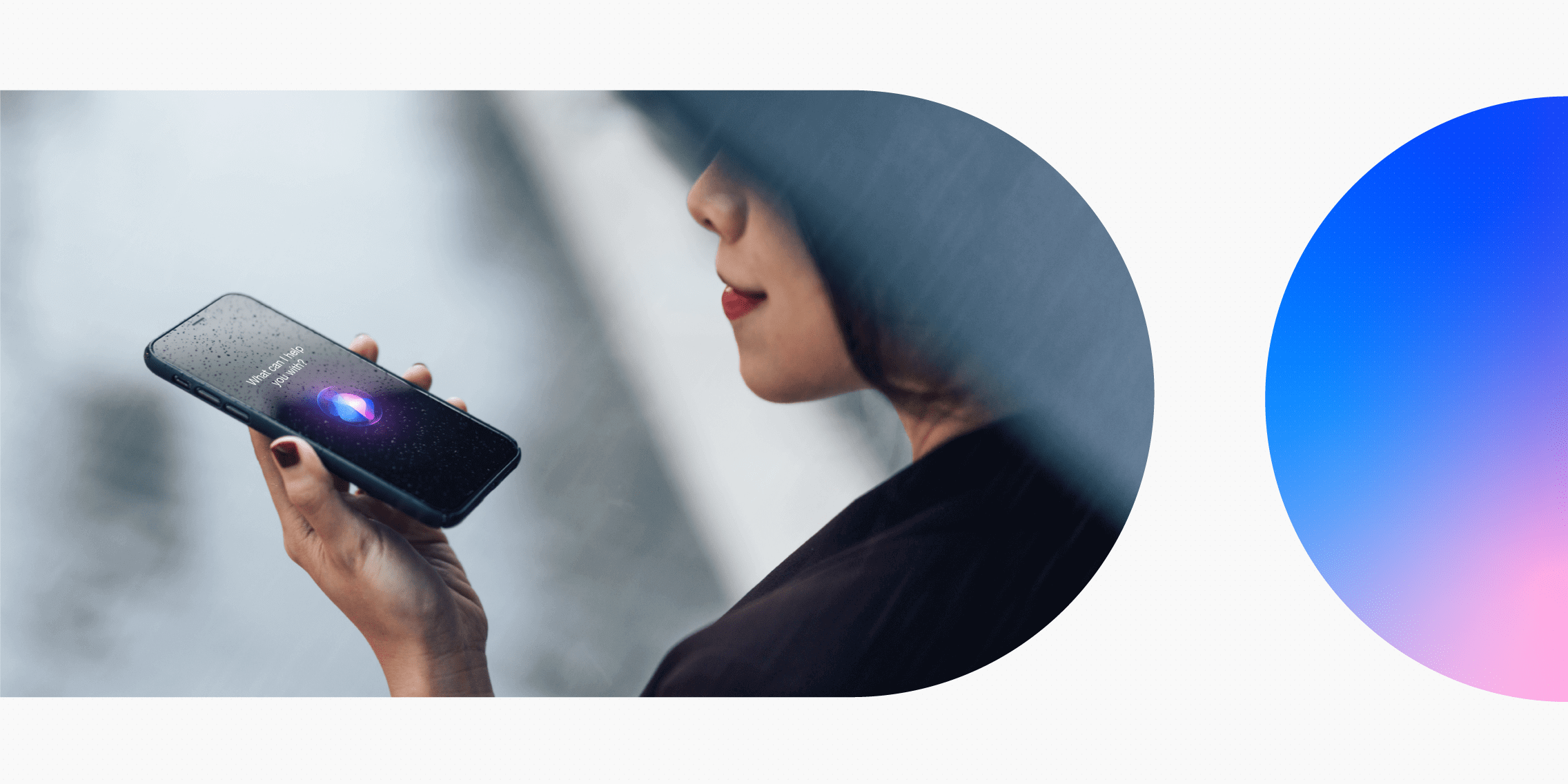UX designers strive to create the smoothest, most delightful user experience on each project they tackle. However, their designs can’t be experienced by users without a developer who has the technical know-how to implement them. Whether you work at a company with single-person departments or a huge firm where numerous UX designers and developers are assigned to every project, collaborating with developers is an essential part of a UX designer’s role.
However, designers and developers don’t communicate as effectively as they should. There are a couple reasons why. Because the focus of the two disciplines is so different, designers and developers may not feel comfortable communicating with one another. In some scenarios, UX designers may consider their work done once they handover to developers, while developers may not feel the need to get involved until the UX designer signs off on the project.
Communication and collaboration between UX designers and developers is essential to creating a product with an engaging and functional user experience. Working together as a team ensures everyone stays on the same page throughout the project and it enables the team to tackle any potential issues before they snowball into larger problems.
Good communication also guarantees that the whole project runs more efficiently from start to finish. Here are eight tips for UX designers collaborating with developers.
1. Understand what developers do
Developers and designers should have a healthy respect for what the other does and that should come through in every interaction they have. For UX designers, this means understanding the basics of developers’ work. This will help you understand the developers’ perspective and the intricacies of how they bring functionality and the interactions specified by UX designers to life.
There’s been a lot of debate about whether or not UX designers should know how to code and different teams will have different standards. The simplest way to find this out is to ask your developers what they need you to know. It might be useful to schedule a weekly or monthly salon where UX designers and developers share different aspects of their roles to ensure they speak a common language.
That said, it can be helpful for UX designers to acquire some basic knowledge of front-end development, especially HTML, CSS and JavaScript. This doesn’t mean you need to become an expert. You should learn enough that you can understand what these tools can and can’t do.
The UX Design Institute’s Certificate in Software and Coding Fundamentals for UX is an example of an online course that will help you to learn the basics of software development.
2. Collaborate early and often
Make sure the developer or a representative of the development team is involved in meetings from the very beginning of the project. Early in the design process, it can be helpful to include developers in presentations of UX research because it will ensure everyone on the team has a common understanding of the product’s users, enabling the whole project to be more user-centric.
Throughout the project, if you’re contemplating a UX design that involves a complex or unusual design solution, always ask the developer for feedback. If the developer doesn’t think they can implement a particular solution, this will provide an opportunity for you to collaborate and compromise. Here, you can come up with a user-friendly, technically feasible solution together.
3. Keep lines of communication open
Communication is key in any relationship and that’s especially true for designers and developers. The problem is that because they’re focused on very different aspects of a project, UX designers and developers don’t speak the same language. If developers use a lot of technical jargon, listening may only be half the battle. If you don’t understand what a developer is attempting to explain, ask questions with curiosity (not frustration) and ask them to use layman’s terms in their responses.
UX designers should also try to avoid an excessive amount of UX jargon while explaining their ideas to developers. If a developer doesn’t seem to understand the value or intent of a particular aspect of UX design, take the opportunity to educate them in a friendly, non-defensive way.
Treat the developer as a user and employ your ability to empathise and understand others so you can share your perspective in a way the developer will appreciate.
4. Share deliverables with developers as they’re created
From the moment the project kicks off, make sure developers have access to and can give feedback on each deliverable the UX team creates. This can be accomplished through a collaboration tool like Figma or Zeplin. In addition, agree on a method of version control.
This will enable everyone to understand where and when changes have been made to different deliverables and where the latest versions of various design deliverables can be found.
Before sharing the latest UX design work with clients and stakeholders, hold a meeting with the project’s developers to discuss it first. This may only require a quick check in if everything looks good. but it’s a valuable step. It will enable the developer to flag anything that could be problematic before the client sees your design solutions.
It will also prevent clients from getting attached to an idea that may have to change later because it can’t be implemented. This not only will keep the project humming along smoothly, it’ll also keep the UX designer-developer collaboration going strong.
5. Create prototypes
Many UX designers create prototypes instead of or in addition to wireframes and other static deliverables. For the best collaboration between UX designers and developers, full stack web developer Julie Jonak recommends that UX designers provide prototypes to developers as often as possible.
The reason is simple: prototypes enable developers to see the exact interactions – from animations to roll-over states – you’re specifying in action. This will ensure developers can implement these interactions as you envisioned them without having to do nearly as much reading and putting the pieces together as they do when they only have static designs to reference.
6. Ensure a smooth design hand-off
When your work as a UX designer has been completed and you’re ready for the developer to begin implementing your designs, make sure the hand-off process goes smoothly. You can do this by neatly assembling the essential information, documents and deliverables they need in an organised package. Hold a hand-off meeting so you can explain exactly what you’ll be providing and why, introduce them to each document and make sure you answer any questions they might have.
7. Be careful about scope creep and change requests
Each project comes with time and budget constraints. However, even the most well-planned project tends to have a certain amount of scope creep or change requests – even if it’s just because you forgot to account for a minor edge case. As web developer Rachel Andrew points out in Smashing Magazine, a change that may not seem like a big deal on the UX side may actually entail a lot of work for developers. As a result, UX designers should be conscientious about the way developers may be impacted by potential changes to a design.
Before assuming a change can easily be implemented – and certainly before agreeing to a change requested by a client – discuss it with the development team. That way, you and the developer can come up with less time-consuming alternatives or decide to table the issue altogether, depending on how essential the change is.
8. Stay involved through the end of the project
The last step before a product is launched is quality assurance testing and it’s usually undertaken by developers without the involvement of UX designers. But just like developers should be involved from the beginning of a project, UX designers should stay involved through QA at the end of the project.
If you’re not usually involved in QA, ask to be included. Director of design Tatyana Khamdamova observes in UX Magazine that because designers and developers see things differently, designers are likely to notice things during QA that developers may miss. Therefore, maintaining involvement at this stage of the design process will ensure that the UX design of the final product is implemented exactly how you intended.
Better collaboration = better design
UX designers and developers may seem like they’re coming from very different points of view but it’s an easy communication gap to fill, especially when collaborating with developers leads to a better product. Practicing the steps above will go a long way to ensuring a positive UX designer-developer collaboration that will benefit every aspect of the product design process.



![What does a UX designer do? [2025 Update] 2 what does a ux designer do blog header image](https://www.uxdesigninstitute.com/blog/wp-content/uploads/2020/09/10_What-does-a-UX-designer-do_Image.png)

